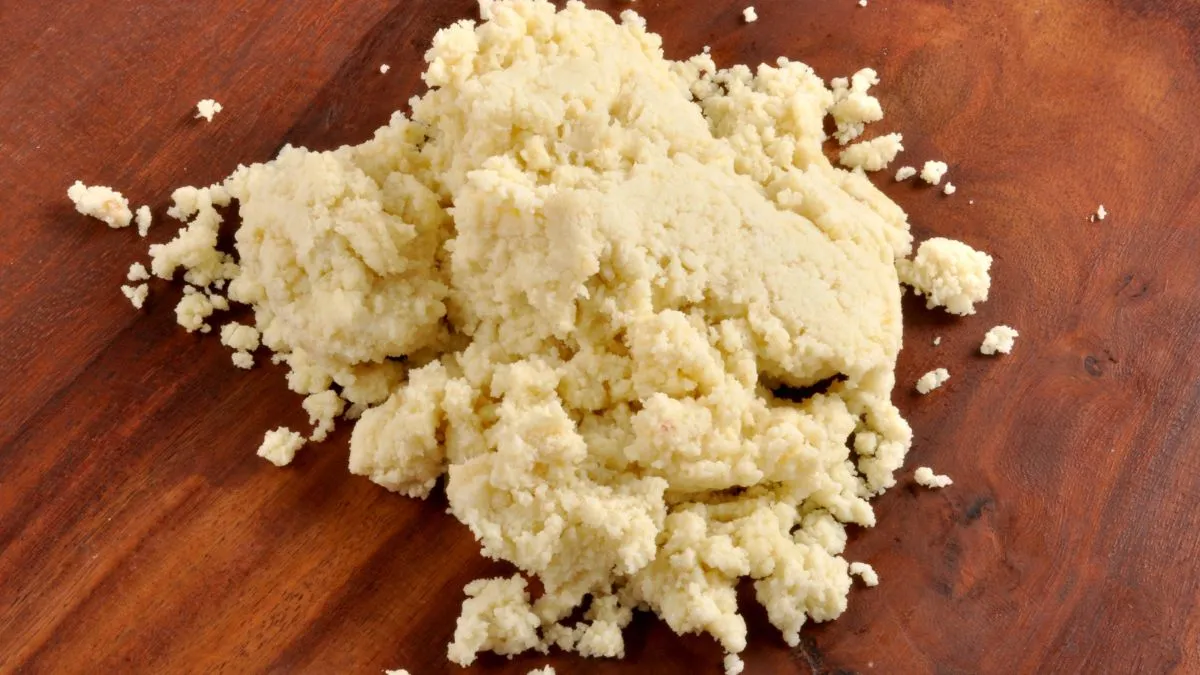- By Iram Hussain
- Wed, 30 Oct 2024 10:10 AM (IST)
- Source:JND
Diwali's joyous festivities are infused with the irresistible charm of sweets. On Diwali, families cherish traditional sweet dishes while infusing love and warmth into each delicacy, making festivities uniquely special and unforgettable. However, the festive spirit can be dampened by adulteration concerns, particularly in sweets containing khoya or mawa. This key ingredient is often vulnerable to tampering, especially during the festive season.
With commercial sweets potentially harbouring impurities, preparing sweets at home can ensure control over ingredients. If you are going to prepare sweets this Diwali, then make sure to perform these simple ways to identify fake mawa or khoya at home.
Ways To Check Impure Khoya
Iodine Test
To detect adulteration in khoya, follow FSSAI's simple test. Mix 1 spoon of khoya in hot water, then add a few drops of iodine. If the mixture turns blue, it indicates starch contamination, revealing compromised quality. This quick check ensures the safety and purity of your festive sweets.
-1730262977077.jpg)
Mawa or khoya is an important ingredient for Diwali sweets (Image Credits: Canva)
Taste And Palm Test
Ensure the purity of khoya while purchasing it from the shop. Look for oily and grainy texture. You can also check its purity at home by simply tasting its small portion. Pure khoya is slightly sweet. Another test is to rub between palms, if it leaves a greasy trail, then it's pure. These simple checks guarantee authenticity while safeguarding health and enhancing festive sweetness.
Heat Test
To identify adulteration in mawa, try this simple heat test. Warm a sample and add one teaspoon of sugar. As the sugar melts, observe closely. If water separates to one side of the pan, khoya is adulterated. Pure mawa absorbs sugar evenly with no excess water formation, ensuring safety and quality.
ALSO READ: How To Check The Adulterated Milk? Try These 4 Simple Tests At Home
ALSO READ: How To Identify Adulterated Wheat Flour? Try These 4 Easy Tests

